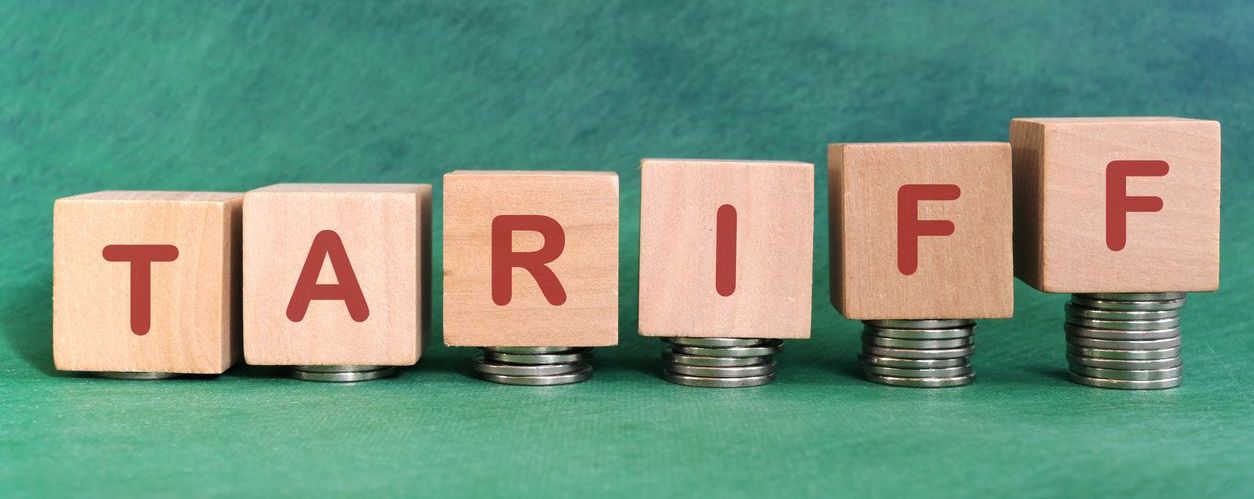2025/04/22
President Trump Announces the Reciprocal Tariffs: U.S. Regression Can be a Chance for “Japan’s Revival”

On April 2, the Trump administration announced that it would impose a minimum baseline of 10% tariffs on all countries and regions, along with “reciprocal tariffs” reflecting the tariff levels and non-tariff barriers of its trading partners. President Trump said, “This is the Liberation Day we have been waiting for so long,” and “reciprocal tariffs are a declaration of economic independence for the United States. Now it is our turn to prosper, and with our newfound wealth, we will reduce our taxes and pay down our national debt, we are finally going to be able to make America great again.”
The announced reciprocal tariffs are as follows: 34% for China, 32% for Taiwan, 26% for India, 25% for South Korea, and 20% for the European Union. Tariffs on Southeast Asian countries such as Vietnam, Indonesia, and Thailand all exceed 30%. Japan’s rate is set at 24%. In 2024, Japan’s exports to the United States totaled 21.3 trillion yen, with automobiles and auto parts accounting for 7.2 trillion yen, or 34% of the total. Exports of heavy-construction machinery, optical equipment, and semiconductor manufacturing equipment also represent a substantial share. The impact on export-related industries, including shipping and logistics, is likely to be significant. The Japanese government should firmly assert the unfairness of the “24%” tariff and press for a return to free trade.
However, can the U.S. manufacturing industry really make a resurgence as Mr. Trump envisions? Higher tariffs will lead to price increases that hit consumers hard, while a sudden surge in purchase and wholesale prices will drive up costs for businesses. Although escalating tariffs may provide an incentive to attract foreign direct investment, it is unrealistic to rapidly restructure supply chains that have long depended on high-quality yet low-priced imports. Moreover, it will be even more improbable for U.S. manufacturers to reduce labor costs to a globally competitive level while simultaneously pursuing immigration restrictionism.
As President Trump devotes himself to a “return to outdated, inward-looking policies” over the next four years, how can Japan make the best use of this situation? Since the U.S. cannot realistically eliminate its reliance on imports, mutual tariffs could, in some cases, give Japanese companies a relative advantage. Undoubtedly, however, Trump’s tariff hike policy is nothing short of a sudden “major disaster” for most export industries. In response, the Japanese government should promptly allocate an emergency budget to support affected businesses. At the same time, it is hoped that a framework will be established to assist market development and supply chain restructuring, with a focus on multilateral free trade agreements such as the Trans-Pacific Partnership (TPP) and the Regional Comprehensive Economic Partnership (RCEP). In any case, the next four years present an excellent opportunity to push forward with structural reforms of businesses and strengthen Japan’s international presence. We should each take action from our respective positions, keeping a close eye on “what lies further ahead,” in order to turn this situation into a real opportunity.
This Week’s Focus, 3.30 – 4.3
Takashi Mizukoshi, the President